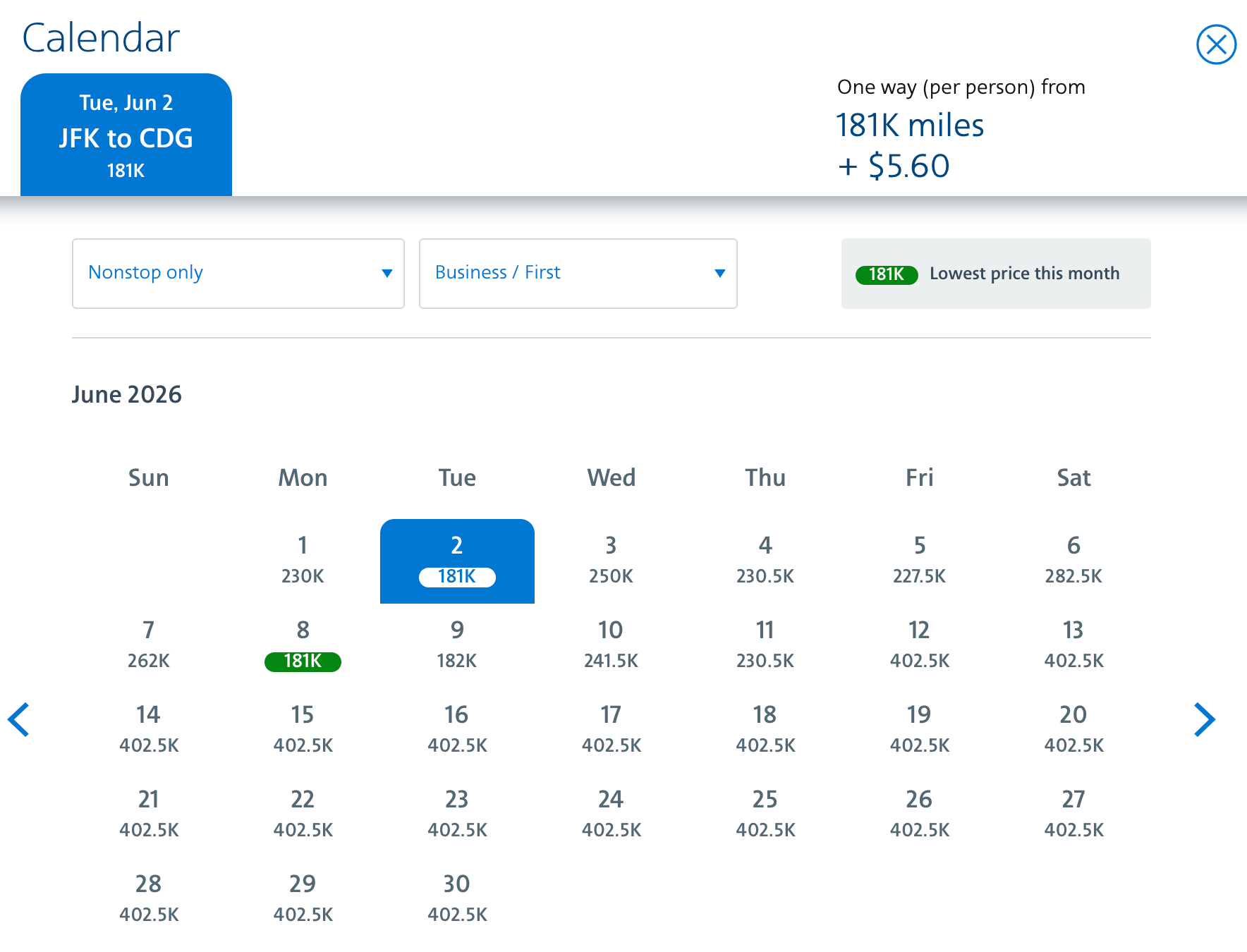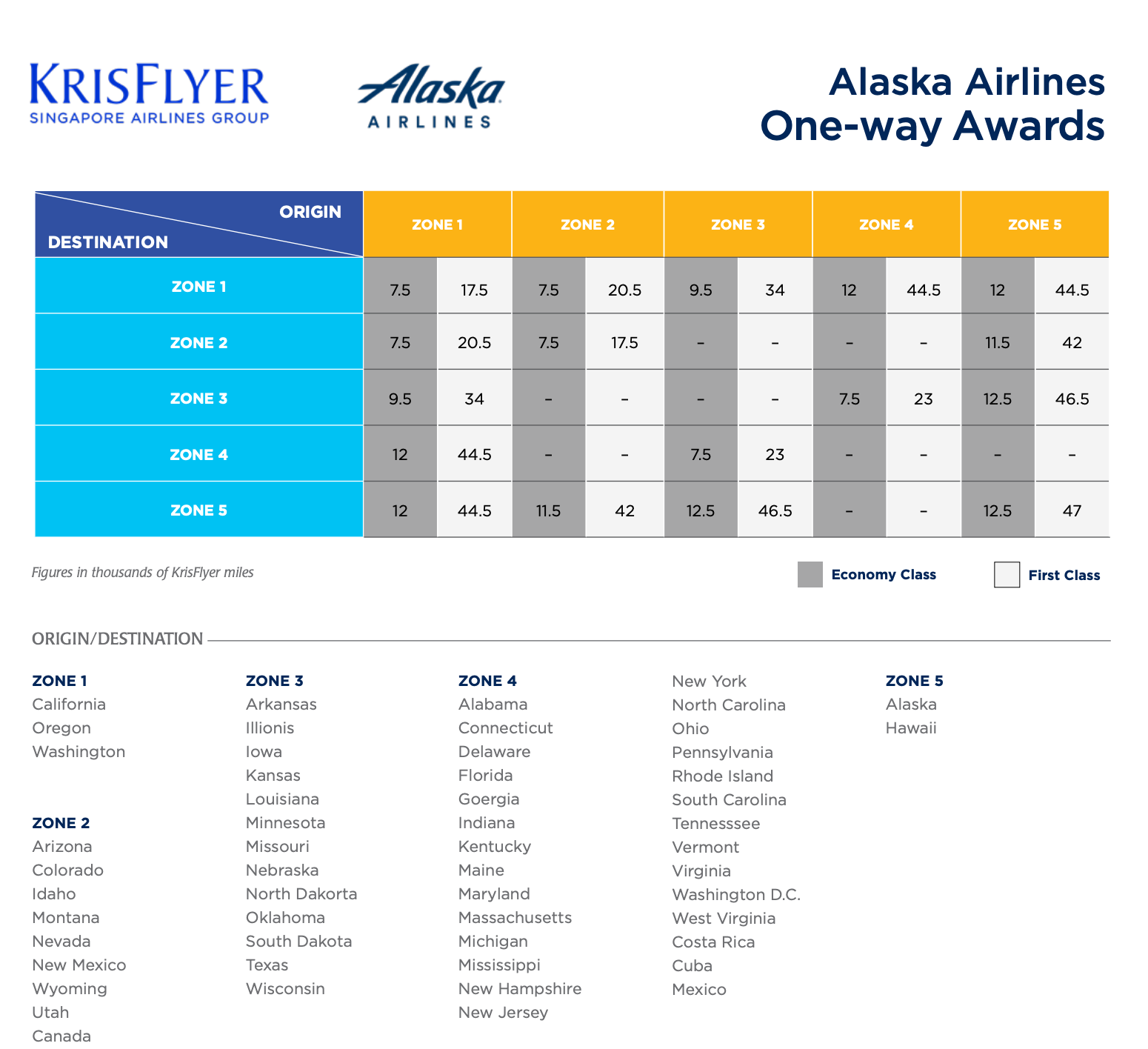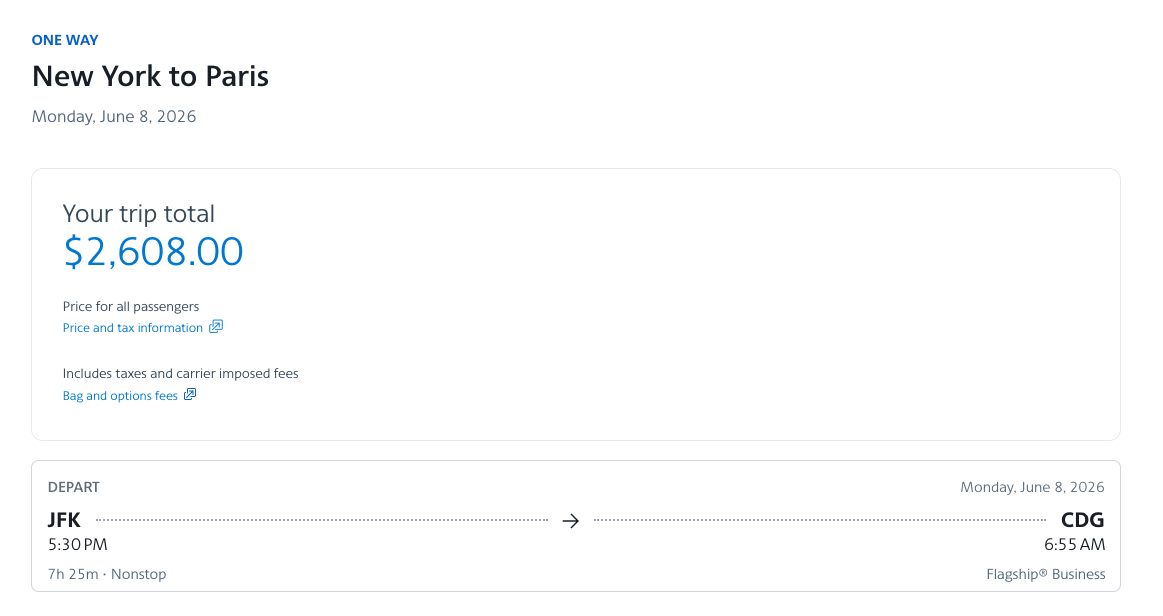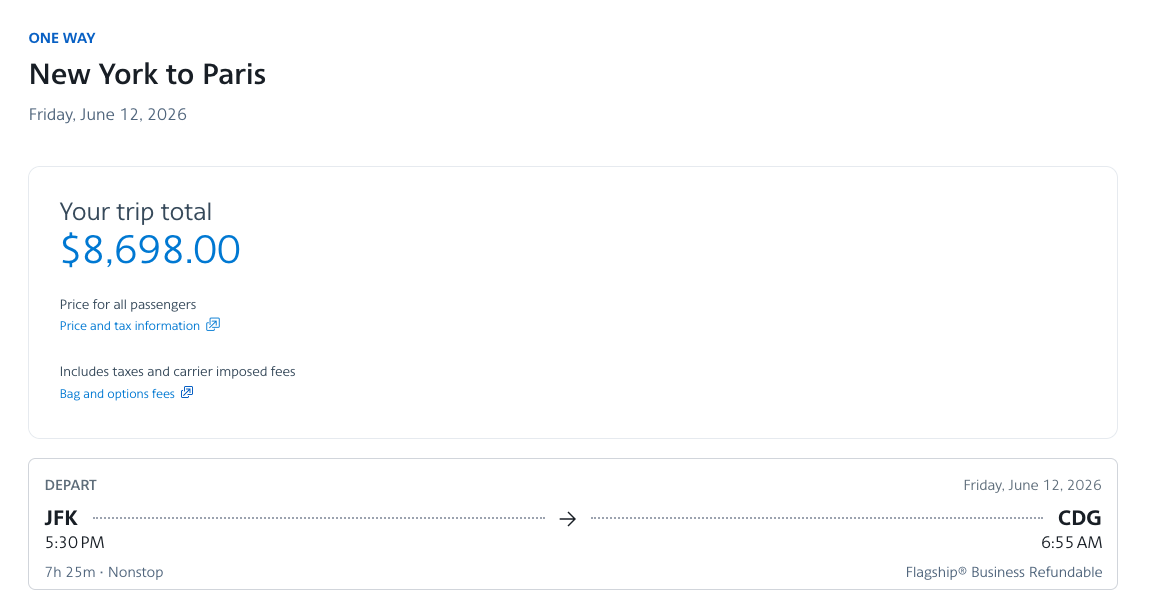

How much will it cost to redeem your next flight or hotel stay?
Well, that depends on whether the program you choose uses dynamic pricing or more. traditional award charts (published).
Frequent flyer programs have been around for more than four decades, but recent years have seen a notable shift in the pricing of award tickets and hotel stays.
If you’ve heard the term “dynamic pricing” before but aren’t sure what it means, here’s a quick introduction.
Related: Dynamic pricing comes to tourist attractions as ugly trend sweeps travel industry
What is dynamic prize pricing?
Some airline and hotel loyalty programs argue that because cash rates fluctuate significantly throughout a calendar year, it is not reasonable to offer all redemptions at fixed prices.
As a result, they price swaps based on the equivalent demand for cash notes. Prices generally start at rates comparable to standard and/or off-peak dates on the award charts, but may increase significantly during peak periods.
It can be argued that dynamic pricing has some benefits. In particular, it means that all seats or hotel nights may be available to redeem, rather than a limited number for programs that use prize tables. This makes the points or miles from that program easier to use.
However, the biggest downside to dynamic pricing is that redemption rates skyrocket during peak periods to often obscenely high amounts, making your points and miles worth much less than expected.
Reward your inbox with TPG’s daily newsletter
Join over 700,000 readers to receive breaking news, in-depth guides, and exclusive offers from TPG experts.
Unfortunately, it is not possible to determine the cost of a flight or hotel stay with dynamic pricing until you search for a specific date. It could be 100,000 points or miles one day and 200,000 the next. And without published award tables, an airline or hotel chain could suddenly decide to increase award rates without warning.
This makes it difficult to plan your trip and save the necessary number of points and miles for redemption, since today you could be a short flight away, but tomorrow you are tens of thousands of points or miles short.
Related: Dynamic Pricing vs. Fuel Surcharges: Which is the Lesser of Two Evils for Your Next Trade-In?
Dynamic pricing on airline redemptions
The following major airline loyalty programs have largely adopted dynamic pricing for flights they operate:
Let’s examine American Airlines’ AAdvantage program to illustrate how prices can fluctuate.
Let’s say you want to fly from New York John F. Kennedy International Airport (JFK) to Paris-Charles de Gaulle Airport (CDG) in June 2026 using your AAdvantage miles in business class.
Prices for the same nonstop flight vary wildly depending on when you want to travel, from just 181,000 AAdvantage miles on June 8 to 402,500 AAdvantage miles just four days later on June 12.

This is because American Airlines prices these flights based on how it anticipates demand for cash tickets. Therefore, prices may be higher on weekends, when traveling is more attractive, or during periods such as school holidays or major holidays.
A quick check of the cash prices for these flights reveals a significant difference in the cheapest nonstop cash fare for business class, which helps explain the large difference in redemption cost.
1 of 2
AMERICAN AIRLINES
Dynamic pricing in hotel programs
The following major hotel loyalty programs use dynamic pricing:
Here’s how this works in practice. New York City comes to life during the December holiday period, and The Times Square Edition is a great place to soak up the holiday cheer. You can book this hotel with Marriott Bonvoy points and the price is steep, especially in the run-up to Christmas Day. Many nights start at around 100,000 Bonvoy points per night.
Then, in early January, when much of the excitement and demand has passed, redemption costs drop dramatically and you can book a room for as little as 71,000 points per night.

Related: Can Edition survive without its original creative force? Marriot thinks so
What shows still use award charts?
Many airline loyalty programs have retained award charts, including:
These programs will generally use prize tables based on distances or zones.
Distance-based award tables classify all flight distances into bands or categories, with prices determined by distance and class. For example, a flight covering up to 1,000 miles could cost you 10,000 miles, while a flight covering 1,001 to 2,000 miles could cost you 15,000 miles. You calculate the distance of the flight you want to book (using a tool like Great circle mapper) and then search for the corresponding band or category to see the price charged.
Zone-based award charts allow you to fly from anywhere in one zone (e.g. USA) to anywhere in another zone (e.g. Europe) for a defined price. A short flight, such as Boston Logan International Airport (BOS) to Dublin Airport (DUB), would cost the same as a much longer flight, such as Los Angeles International Airport (LAX) to Athens International Airport (ATH) in Greece. Therefore, you can maximize your trip by taking longer flights within region or zone pairs.

On the hotel side, Hyatt World has retained prize charts (except Estates of Mr and Mrs Smithwhich are dynamically priced), classifying each participating property from Category 1 to 8. It also has a all-inclusive prize tableand although he does it periodically update these categoriesHowever, when strategizing you will have a clear, published goal to earn enough points for your trip.
For both airline and hotel programs, even the published award tables have some variations. There may be peak and off-peak dates, with higher prices on peak demand dates (such as school holidays). Additionally, some programs have restricted inventory for lower-priced awards, but open additional seats at higher tiers once those seats have been sold. This is a great option for those who are willing to pay a little more to ensure they get the exact seat on the specific date they want.
However, one thing is usually true with published reward tables: assuming there is availability, members will always know how much they will have to pay for their next redemption.
How to beat dynamic pricing
If you don’t want any unpleasant surprises the next time you’re looking for an award flight or hotel night, there are Several ways to overcome dynamic pricing:
- Check partner pricing to see if the award you want is available at fixed rates if you fly with a partner airline instead of the airline that operates the program.
- Instead, book through a partner program.
- Consider seasonal flights during shoulder season.
- Look for special trade-in offers.
- Take advantage of credit cards or elite status benefits that offer discounts on select rewards.
For example, the majority Delta Air Lines American Express Cards offer at least 15% discount on award tickets operated by Deltawhile many popular United Airlines credit cards offer effective discounts through your expanded award availability benefit.
In a nutshell
Many airline and hotel loyalty programs have moved to dynamic pricing models for using their points and miles. In short, this means that the allotment price you pay can vary from day to day, sometimes by huge amounts.
Dynamic pricing can be a shock when a flight or hotel you’re looking for suddenly doubles (or triples) the price you expected. If you travel outside of popular times, you may still be able to find a bargain, but if you want to travel during peak holiday periods, you may be charged much more for the privilege.
By understanding this pricing approach and familiarizing yourself with ways to overcome it, you’ll be able to make the most of your travel rewards.

